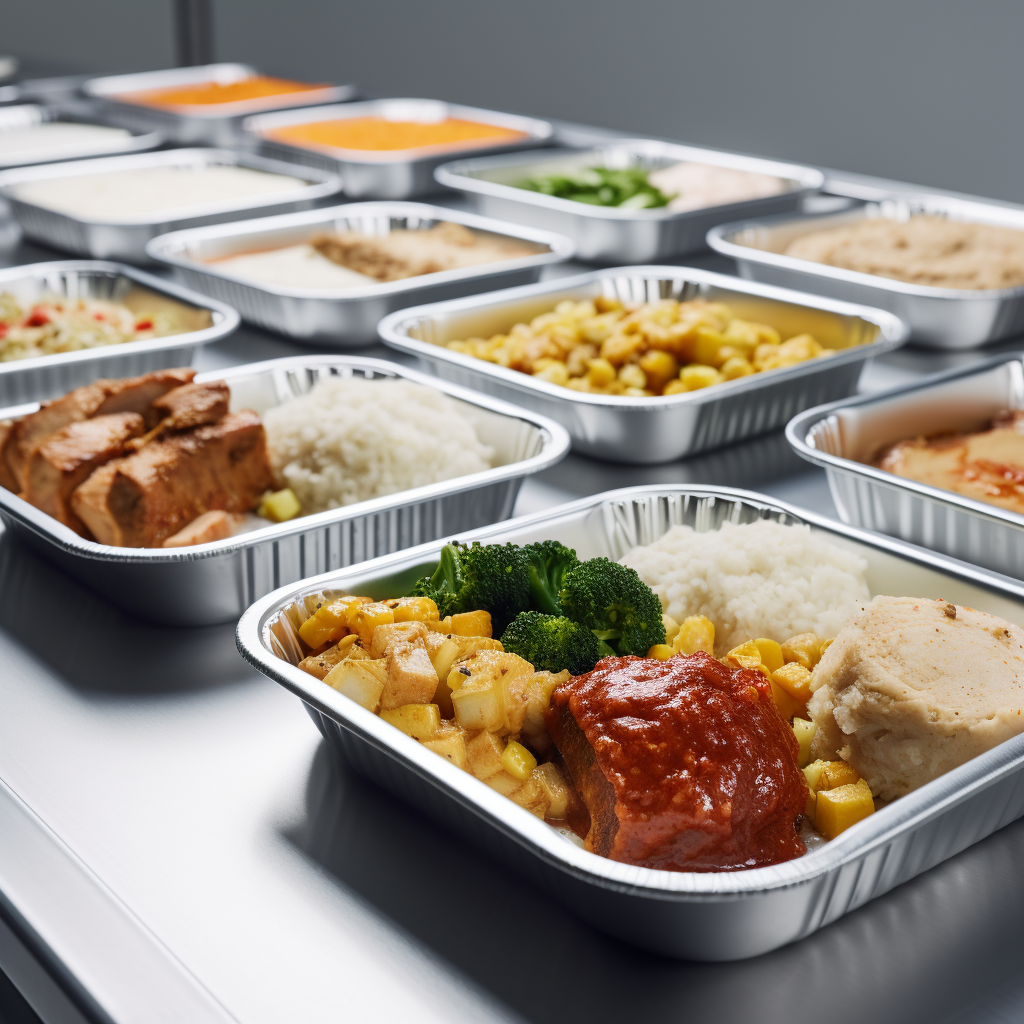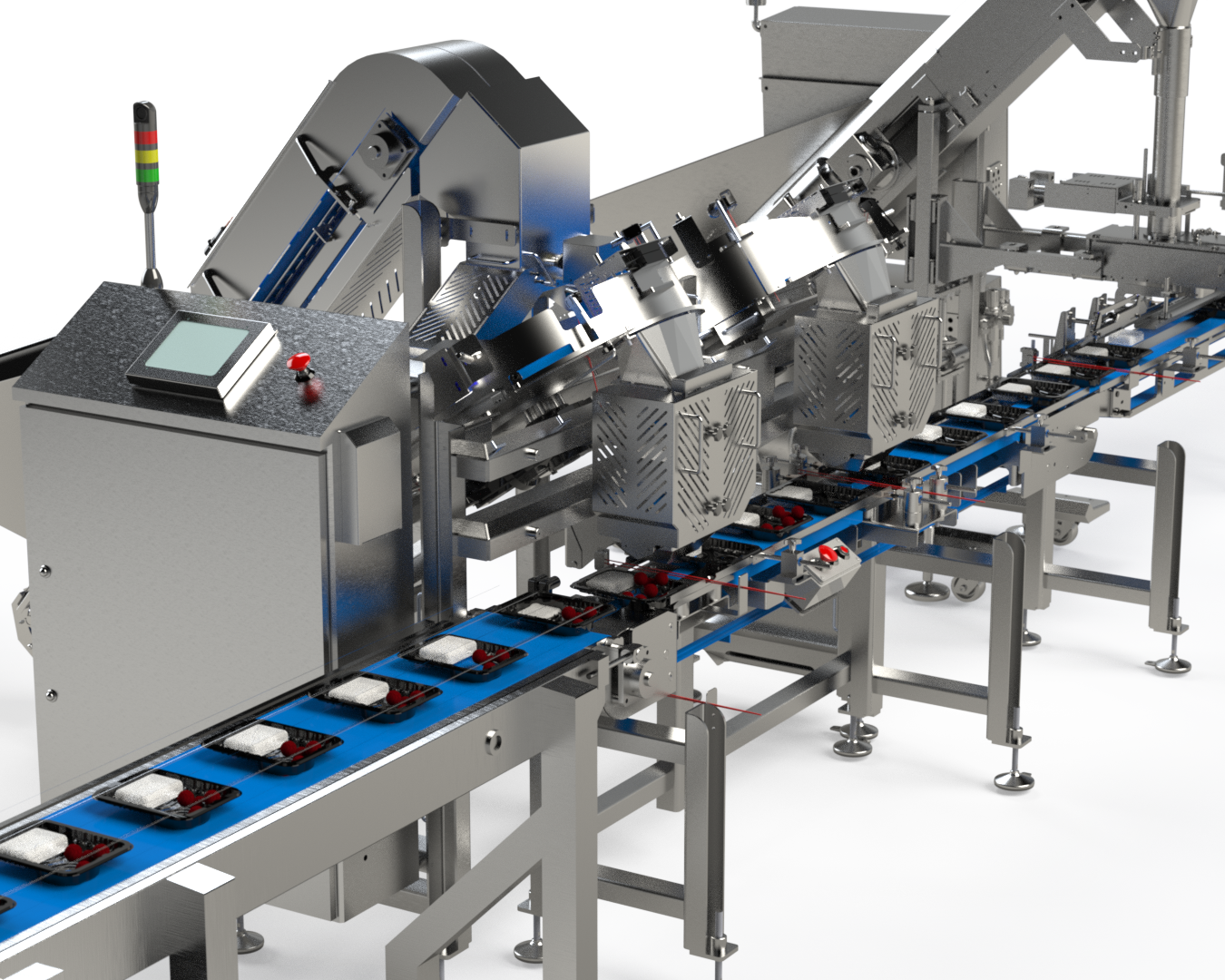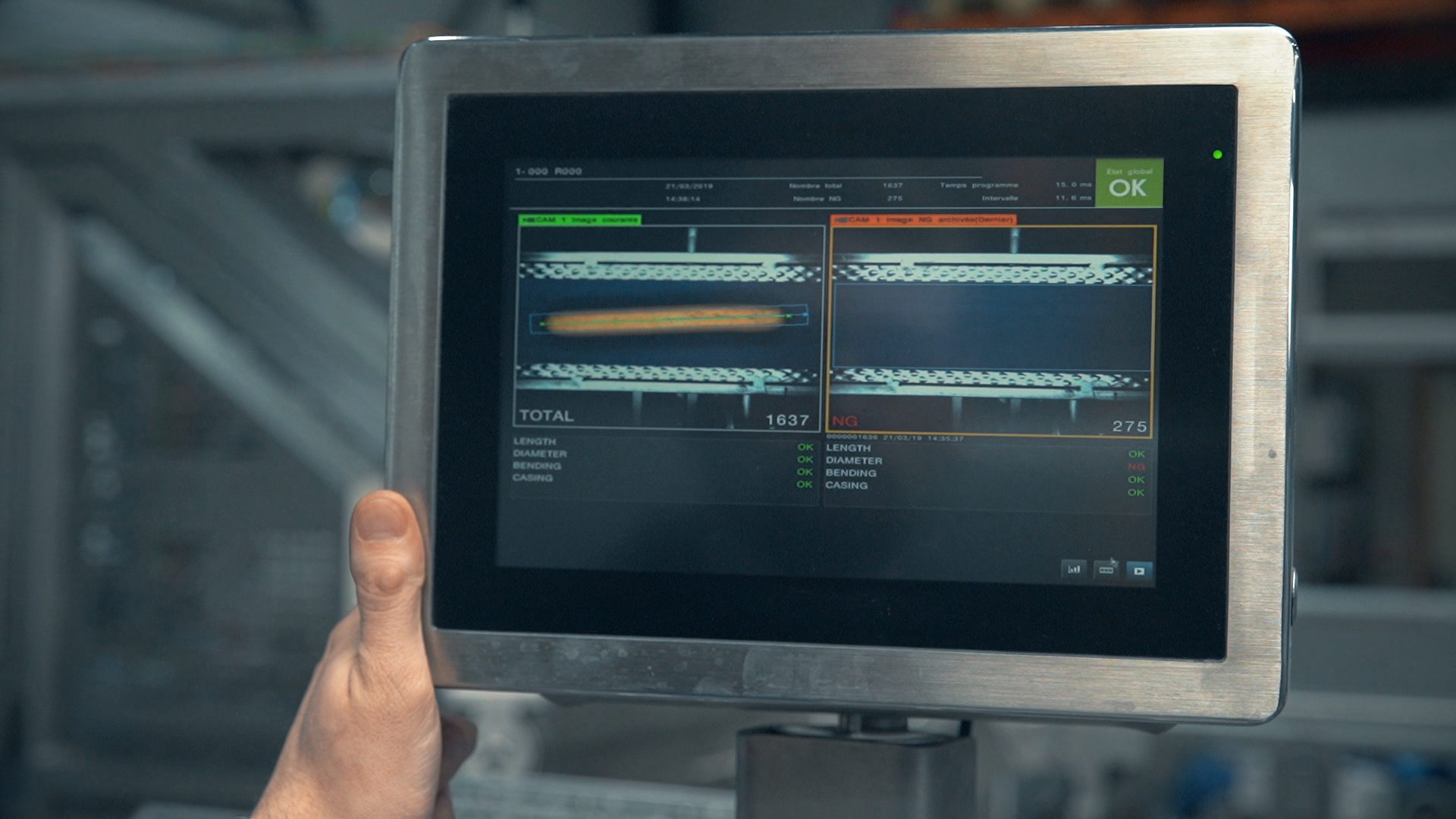The latest filling machines are sophisticated pieces of technology with many mechanical and electronic components working together to run filling lines efficiently and speedily. There are many different designs available, each with specific sets of challenges and be each machine model generally consists of the following essential machine components:
#1 Infeed Pan or Hopper
Each machine has a location to deposit product in bulk in preparation for the dosing process. Our MPFMP-060 model includes a pan where operators can load product and guide it into the filling head. The MPFSC-120 and MPFSH-075 each include a trough-shaped hopper where product can be loaded (by operators or our integrated bulk feeders) and conveyed into a discharge hopper.
#2 Discharge Hopper
The discharge hopper is a funnel-shaped component into which product is fed in preparation for sizing doses. New hopper designs go beyond simply funneling product into the filling head. For our MPFSC-120 and MPFSH-075 models, Multi-Fill provides a spray-wash system to assist sticky products in running through the product tube of the machine. Our discharge hoppers can also be upgraded to a “jacketed” style hopper which can circulate hot water within the discharge hopper, which assists with product flow in some cases by keeping the product warm.
#3 Filling Head
The filling head is the part that actually interfaces with the packaging (jar, bottle, tray, etc.) and from which the product is actually delivered into it.
#4 Mechanical Drive System
The mechanical drive system is the expertly engineered mechanism that operates the machine in a carefully automated, perpetual series of metered doses of products. It is timed and automated to ensure that the dispensing of doses is synchronized with the movement of the containers. Our belt can be driven by a motor and gearbox with a chain and sprockets, or we can incorporate a drum-roller style design.
#5 Sensors and Signals
Sensors and signals are essential to the correct automation of our filling systems. At any given moment, our sensors synchronize products and containers by checking if there is a container to fill, whether there is enough product in the chute to dispense into the container, and whether safety covers are in place. Signals are sent and received between all the machines on the line to start, end or resume filling. Together the sensors and signals ensure that the filling process runs safely, continuously, accurately and without waste.
#6 PLC Control System
Programmable logic controllers (PLCs) are the mini-computers built into our systems, which enable the control and automation of the production line. The PLC can control the speed of the process and the volume of product to be dispensed, among other functions. The PLC is programmed, monitored and adjusted through the human-machine interface.
#7 HMI control system
The human-machine interface (HMI), is the touch screen or button-operated system, where the operator controls the machine and monitors its functions. We have upgraded our HMI to have a completely symbol and image based interface. This enables operators of any language to use the machine without language barriers or confusion.
Multi-Fill is a supplier of patented, high-quality volumetric filling machines for the food industries.
Contact us to find out how our machines and customized solutions can increase the efficiency of your filling line.
Designing a food filling line: Product is king



Stay in Touch
Product news, tips, subscribe to our newsletter:
Contact Us
We will get back to you as soon as possible.
Please try again later.














